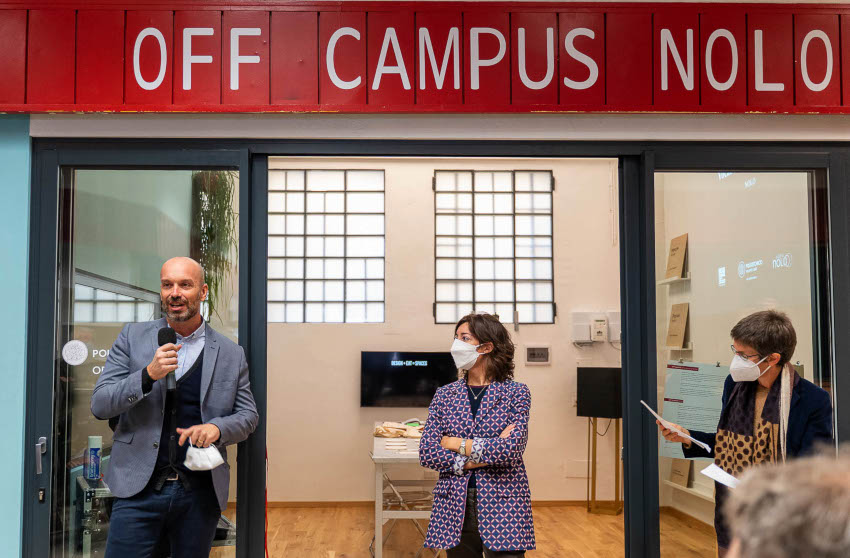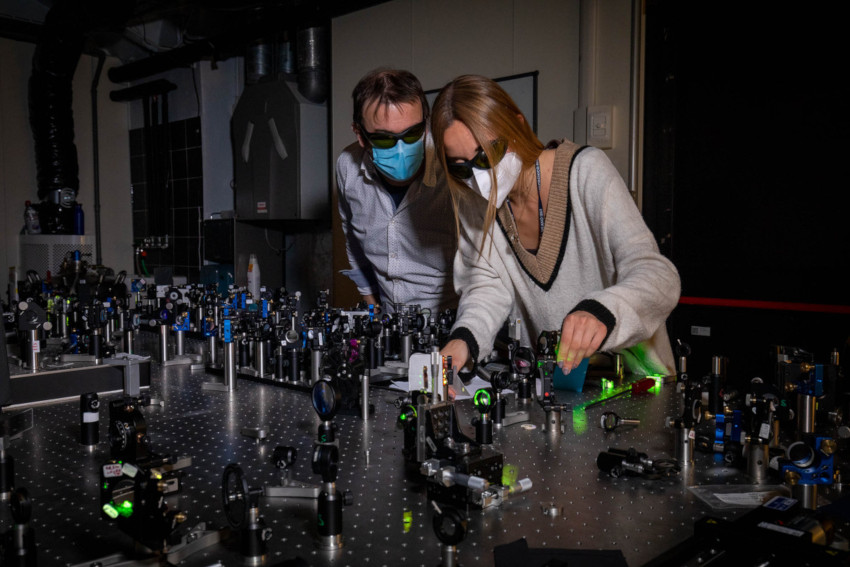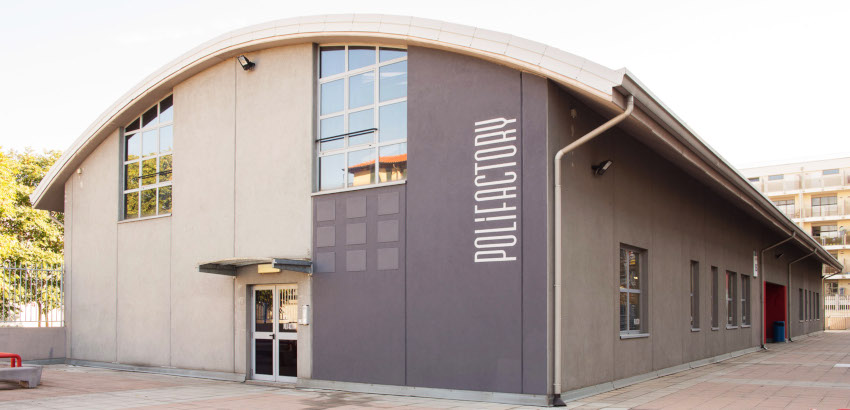As we have sought to make clear from our very first issue, here at Frontiere, we enjoy looking at research from every possible perspective. Research is a world that can, at times, seemingly face us with contradictions, though these are often actually nothing more than the different aspects inherent to the multifaceted diversity of all that is rooted in human culture.
Just think of all the researchers whom we have met up to this point: they are not just ‘minds’ in a laboratory, but men and women with their own lives, their own private passions and contradictions.
One of the discussions featured this month, for example, is with Davide Fassi. An architect first and a designer second, he spoke to us about design for social innovation, packed with stimulating questions around the precarious and challenging balance to be struck between design premises and applications in our real-life society.
If the ultimate purpose of academic institutions is to interact with and improve society ‘Off Campus’, then our Polifactory is a shining example. An open makerspace where students and researchers, universities and companies all come together to create collaboratively.
This too may seem like a contradiction, but it was in the darkest depths of the Poli that we found its experts on light. With our nano-optoelectronics laboratories, we are now part of the renowned European network 2Exciting.
Speaking of innovation, our Hybris patent is another thrilling entry. The idea of a plane in which the fuselage and wings serve as both structure and battery is fascinating to us, launching us directly into a future in which electric aviation will be a reality.
This theme of duality also crops up in our discussion with a young research fellow, Francesco Regazzoni, who told us about the idea of a group of mathematicians, about algorithms, models and calculators, and about how a twin heart is being created in a laboratory…
If you want to know where all this leads, read on. Together, we will discover the many faces of research.

Davide Fassi: social innovation goes through design
Design for social innovation is a field of design with boundless implications. We sat down with Davide Fassi, who told us a story that took us on a journey through time and space: starting from tales of his education, we went via Bovisa before landing all the way in China, then finished with a visit to our Off Campus spaces dotted around Milan. Thanks to Davide, we now know that anywhere in the world where there are networks, connections and links is our neighbourhood, our home.
A twin heart was born to iHEART project
A good head’s not enough when it comes to doing research: you need heart, too. But at the same time, it takes research to make a heart.
That is what we find out as we enter the MOX Laboratory, where a twin of the cardiac muscle is being created by a team headed up by Alfio Quarteroni. A fully-fledged virtual replica that will allow for a variety of extraordinary applications. In medical research, to study and predict the behaviour of this organ through computer-generated simulations. And in healthcare, with new opportunities in terms of evaluating possible avenues for custom-designed treatment before applying any of them to a patient.
We had a heart-to-heart with Francesco Regazzoni, a research fellow in the iHEART project, about his research experience, the origins of his passion, and his predictions for the future.
Photonews

In the darkest depths of the Department of Physics, light is putting all its wondrous characteristics on display. This is where Prof. Christoph Gadermaier and PhD student Irantzu Landa Garcia are exploring the world of nano-optoelectronics. It is one of the hottest research topics in the world of physics today, so much so that the European Union has provided nearly €4 million in funding for 2Exciting, an innovative network dedicated to this field of investigation – and of course, the Politecnico had to be a part of it. We asked the two researchers to ‘illuminate’ us on their work in this interview.
Discovering Polifactory, a makers’ paradise
This month, our tour of the various workshops and laboratories at the Poli has brought us to Polifactory. This is not a traditional workshop, but in fact more of a makerspace. In practice, that means that it is an open space for experimentation, training, research and consultancy – a meeting place for students and researchers, designers and engineers, companies and universities.
Stefano Maffei, the scientific coordinator, showed us around. We saw laser-cutting machines, cutters, 3D printers, and a whole host of tools large and small. But at the heart of it all was the most important element: people, all coming together in the large co-working area to design, socialise and work together on the future.

Hybris makes us fly in the future of electric planes
In our idea of what the future will look like, with sustainable mobility well established, electric aircraft will play a fundamental role. A future that may not be as far off as we might think, in part thanks to Hybris, the Politecnico’s patent for an electric airplane.
What is the biggest obstacle to the development of an electric airplane at the moment? The weight of the batteries required. With Hybris, the batteries needed to store the energy and provide it to the craft make up almost the entirety of the fuselage and the wings, thus serving as a structure as well as a power source.
Alberto Favier, who is at the helm of an eight-strong team responsible for inventing Hybris, explains how all this is very much a possibility.

